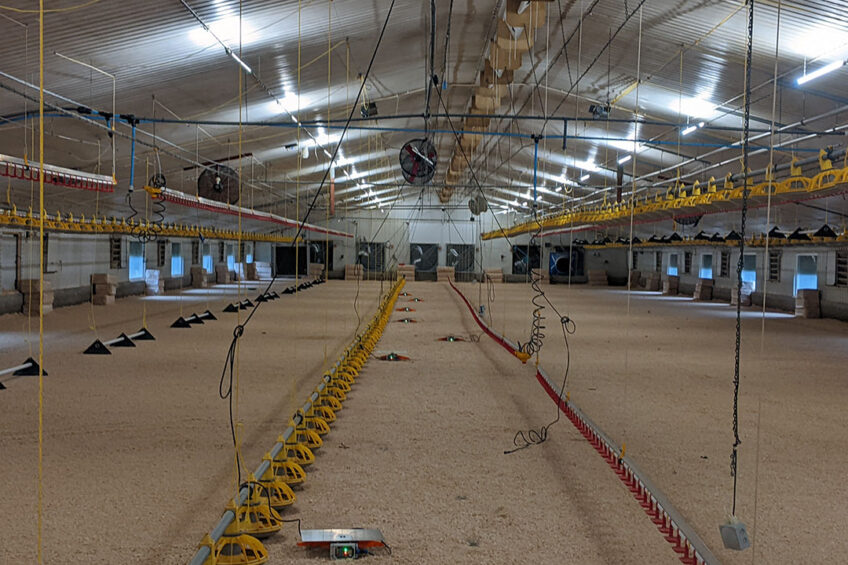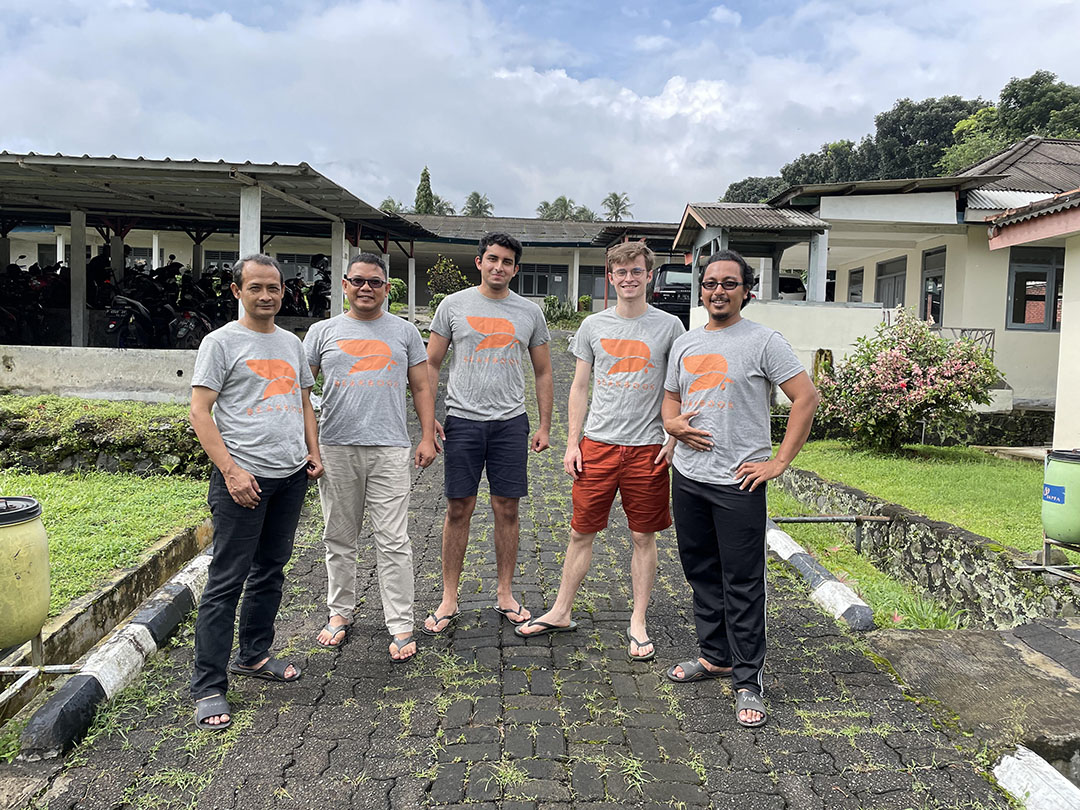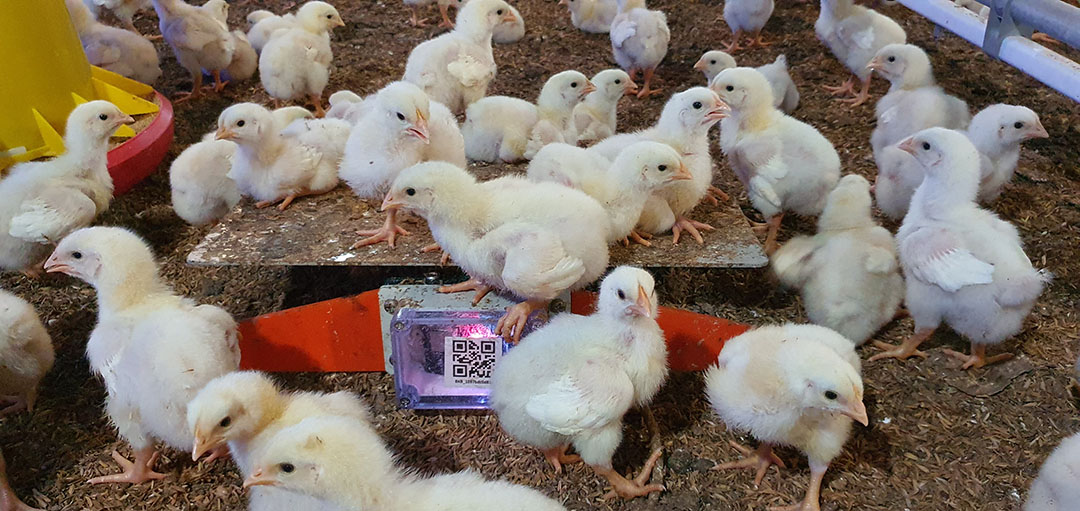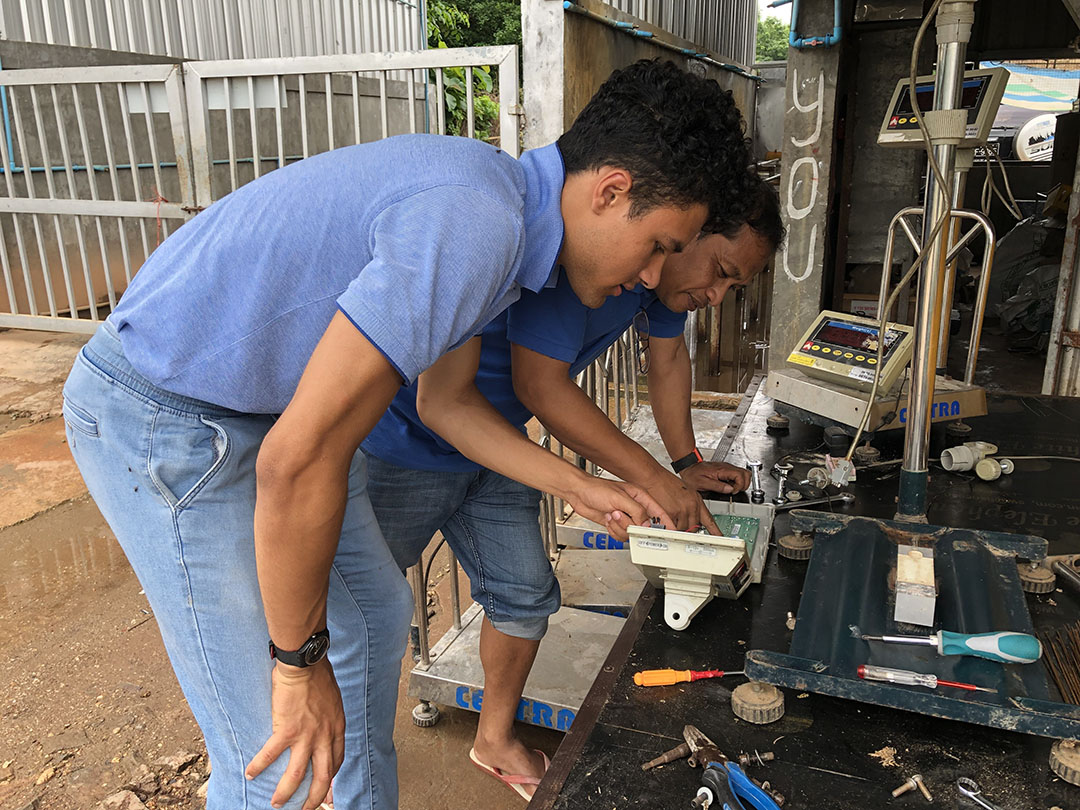High accuracy data that poultry farmers can trust

For a long time, technological penetration into the animal protein industry has remained a fringe area, with occasional headlines which, in practical terms, generated little improvement in the lives of farmers and animals or for the planet. A new generation of tech entrepreneurs are sharing their success in Asia with Japfa.
Since the first strides of tech entry, the digital transformation has consolidated itself as a status quo for many industries, creating opportunities for customised products, improved lifecycle management and much more. Major agriculture conglomerates want a share of this benefit. They are once again opening up to disruptive start-ups who can demonstrate the necessary talent and traction to digitally enhance traditional farming. One such medium to establish these partnerships are public competitions.
In 2021, Japfa, the pan-Asian agri-food conglomerate, hosted its very first innovation-seeking competition, the ‘Feed the Future Challenge’, in collaboration with accelerator company, GROW. The objective was to identify innovations that “improve effectiveness and efficiency in the production of five protein groups: poultry, aquaculture, swine, dairy, and cattle”. Coinciding with Japfa’s 50th anniversary, it is seemingly poetic timing for Japfa to reflect on its brave origins and guide the direction of its next phase growth and future sustainability.

The call for applications to Japfa’s ‘Feed the Future Challenge’ opened on 1 February 2021 and by its close on 14 March 2021, over 100 agtech start-ups and scale-ups had applied from all around the world. From over 100 applicants, the pool was narrowed down to the best 20 by weighing up factors such as the operational impact of the technology and team expertise. Each start-up was examined with ever greater scrutiny over another three rounds, culminating in an interview with Japfa’s CEO, Yong Nang Tan. In late July 2021, the top 3 start-ups were announced and received a fully-funded pilot rollout, as well as the opportunity for commercial deployment across Asia upon a successful pilot.
Weight prediction
Representing poultry tech was Beakbook from the UK, which began in 2020 at Imperial College, London, as a research project. “Beakbook is a weight collection and prediction tool for poultry, specialising in high-accuracy data that farmers can trust. Our technology helps companies optimise sales strategies, reduce feed waste and improve animal well-being,” explains Giovanni Montefiori, Co-founder of Beakbook. In a context where start-ups tend to overpromise and underdeliver, Beakbook’s narrow focus, combined with its youthful team from world-renowned universities, was most likely a welcome breath of fresh air for Japfa and the panel of judges.

Monitoring body weight is an extremely important part of raising broilers. Typically, farmers weigh the birds manually on a weekly basis, sampling around 1% of the entire population. This generates significant stress for the chickens because it requires manhandling live animals and dangling them upside down on a weighing device. In fact, in some cases, manual weighing has been observed to increase feed waste by as much as 10%. Under stress, chicken metabolism increases and they are unable to convert feed into body mass.
By eliminating this stressful step the use of automated weight collection is intrinsically superior to manual alternatives, with immediate well-being and environmental benefits of the sort that consumers are demanding to see more than ever. For the farmer this subtle change passively reduces the amount of food and water wasted by an expected 1-2%, which is highly valued in a context of 2-3% profit margins for farmers.
Body weight is important because it directly relates to the revenue farmers generate from harvest. It is also a strong indicator for issues that affect performance, such as disease, overheating, stress and more. Beakbook targets the first via its weight predictions, and the latter with 24/7 monitoring. Prediction enables farmers to optimise the time when to sell their chickens to achieve the highest price.
For pre-negotiated supply agreements, Beakbook’s prediction helps farmers ensure their broilers reach the required weight on the set date, with the ability to make adjustments ahead of time if necessary. The high-accuracy, 24/7 monitoring element provides a magnifying glass which enables producers to zoom in on the lives of their animals. Farmers can now detect and investigate any signs of problems as soon as they arise and thus minimise animal suffering and wasted feed caused by distress.
Interventions at farm level
“The automated alert system for anomalies in growth patterns is still under development,” says Montefiori. For now, the farmer interprets the data and acts accordingly. A typical example would be observing a decrease in growth rate for a specific day. The farmer can investigate this immediately and perhaps discover that the temperature regulation system was not working properly. They can now rectify the error and resume the optimal growth rate, as well as support the well-being of the chickens.
The weight is a very information-dense KPI because it captures the effect of many variables (such as temperature, humidity, stress, disease, hunger). The algorithm will initially determine any anomalies by comparing current weight performance with expected performance. If there is a discrepancy, an alert is issued. Montefiori: “In version 2, the system will be able to contextualise each type of discrepancy related to a different type of problem, therefore providing the farmer with a more targeted notification.”

Pilot
Beakbook’s pilot with Japfa lasted nine months and involved approximately 280,000 broilers. The pilot was divided into 2 phases: validation and analytics. The first milestone was to internally validate Beakbook’s claims and establish trust – many years of start-up sensationalism has made many agri-food companies cautious. Blind tests were performed for the initial 4 months during which Beakbook was not given access to population weight data (used for benchmarking).
Every day, famers received the mean weight, standard deviation and sample size via the Beakbook web app. In the validation phase Beakbook successfully demonstrated more than 97% accuracy for mean weight and also captured sample sizes in excess of 20%. Phase 2 followed. The analytics phase focused on weight prediction from Beakbook’s machine learning algorithm. Beakbook predicted the mean weight of the chickens seven days in advance and results showed a prediction accuracy of more than 95%.
Satisfied with the results, Japfa and Beakbook are now exploring the next steps. As the pilot comes to an end, it ushers in an exciting new phase for Japfa and the poultry sector. The impact of automated weighing will be felt across the entire poultry supply chain and Beakbook affirms that their technology will only improve with time as they collect increasing volumes of data. Immediate benefits will include the optimisation of selling price, reduced environmental impact and improved animal well-being. Beakbook expects a wider Japfa rollout in early 2023, followed by an industry-wide rollout in mid-2023.
 Beheer
Beheer







 WP Admin
WP Admin  Bewerk bericht
Bewerk bericht